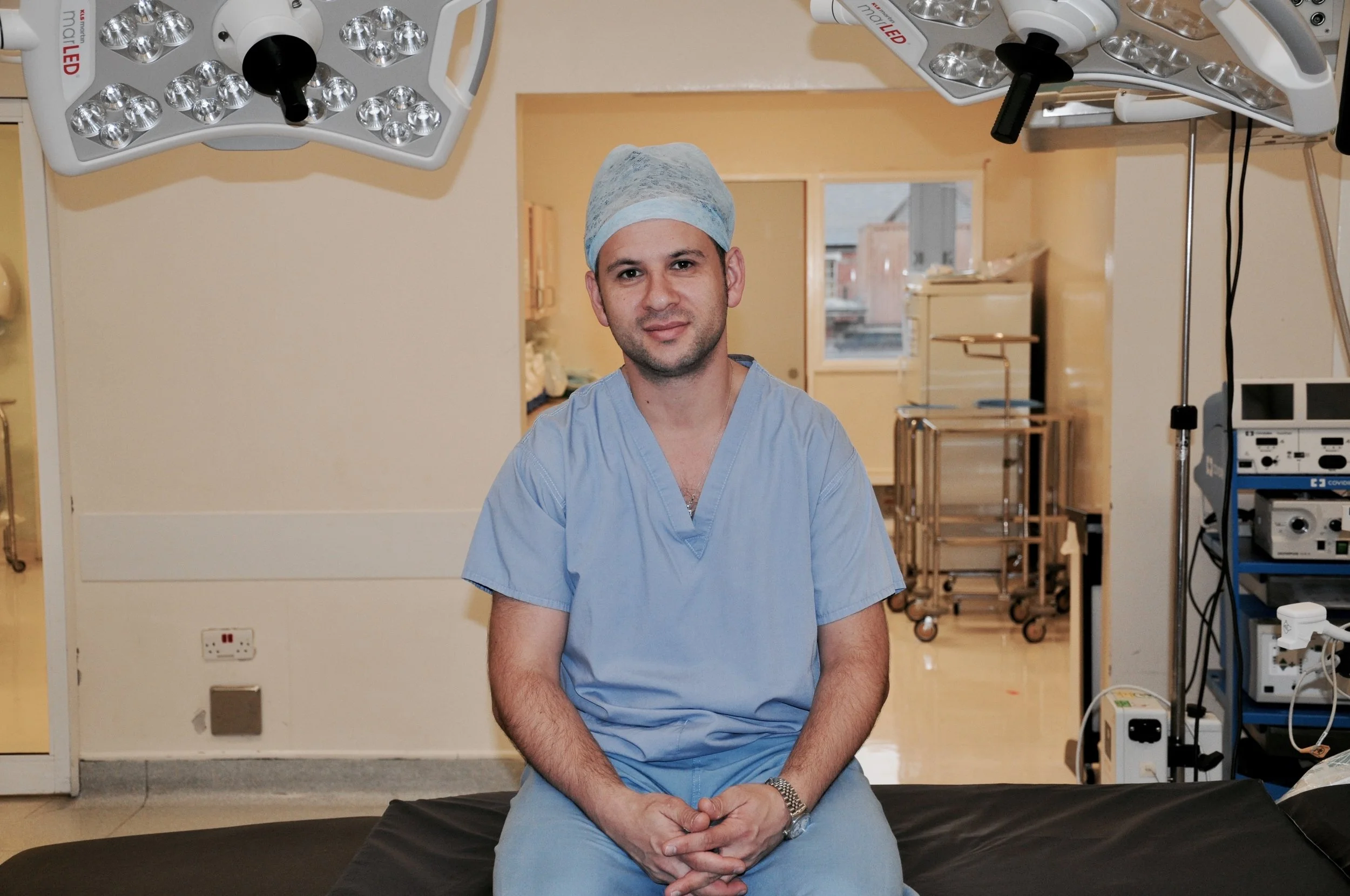Pancreas Transplant - An Overview
The purpose of transplanting a pancreas is to not just treat, but to cure Type 1 Diabetes Mellitus and produce insulin independence.
It is a procedure for diabetic patients with diabetes-related damage to the heart (coronary artery disease), kidneys (nephropathy), eyes (retinopathy) etc, and also for a patient who's diabetes and blood sugar levels are difficult to control. Once the pancreas is implanted and blood sugar levels are normalised (euglycaemia), the aim of the new pancreas is to thwart the deleterious complications of diabetes and with time even reverse these complications. A pancreas transplant can also be successful, in certain circumstances, for patients with Type II Diabetes.
The donor pancreas comes from a deceased organ donor. The majority of pancreas transplants are performed simultaneously with a kidney transplant (both organs from the same donor) in patients with diabetes and renal failure. This is known as an SPK (Simultaneous Pancreas and Kidney transplant). About 15% of pancreas transplants are performed after a previously successful kidney transplant, known as a PAK (Pancreas After Kidney transplant). The remaining cases are performed as pancreas transplantation alone (PTA) in non-diabetic patients with complex diabetes and associated medical problems that are difficult to manage.
Once a pancreas is transplanted, there is presently an 85% chance that the pancreas will still be functioning at 12 months post transplantation and the pancreas can be expected to survive up to and longer than 10 years. Results are improving year-on-year.
The first successful pancreas transplant was performed in the University of Minnesota in 1966. However, until the mid 1990's, the procedure was considered experimental. Now it is a widely accepted therapeutic modality for type I diabetes and carried out in specialist transplant units worldwide. There are a handful of centres and surgeons performing pancreas transplantation in the UK, with two centres in the London M25 region, namely Imperial College Healthcare (Hammersmith Hospital) and Guy's hospital, both enjoying ongoing success with this form of transplantation. There are approximately 200 pancreas transplants per year presently performed in the UK - roughly a quarter of these performed in the two London institutions.
Many patients with complex diabetes and kidney damage (and the doctors that treat them) are not familiar with the potential success that a pancreas transplant might have on life expectancy and quality of life. This is because a pancreas transplant is such a 'super-specialised' form of treatment and hence unbeknown to large swathes of diabetic patients and related healthcare professionals. However our job within the transplant community is to promote this form of transplantation so it can at least be explored as a very successful potential option for diabetic patients.
Below is a diagram showing where a transplanted pancreas and kidney might sit, and where the blood vessels are joined.



